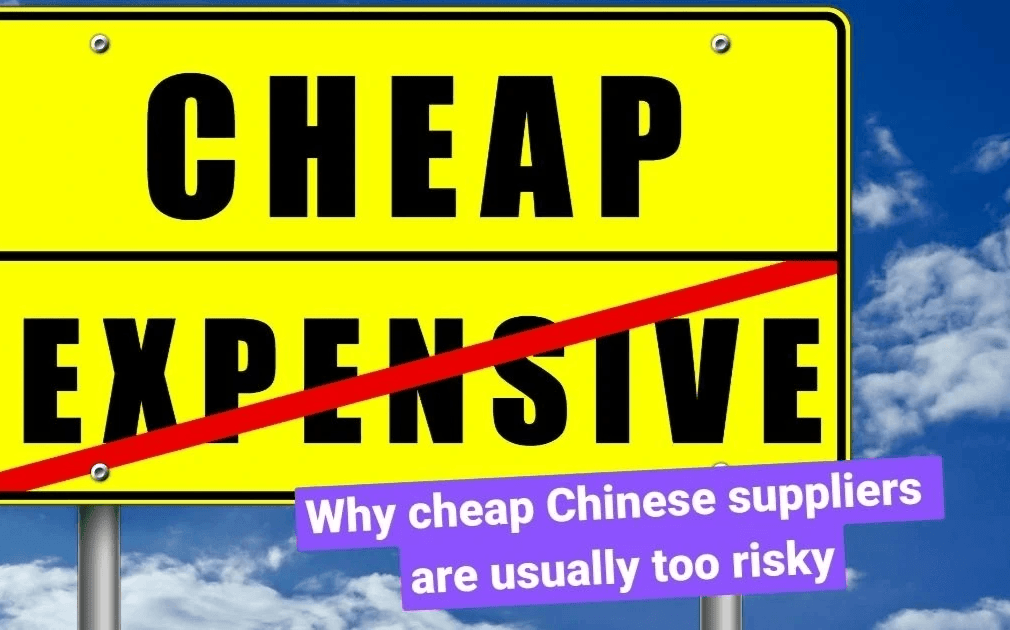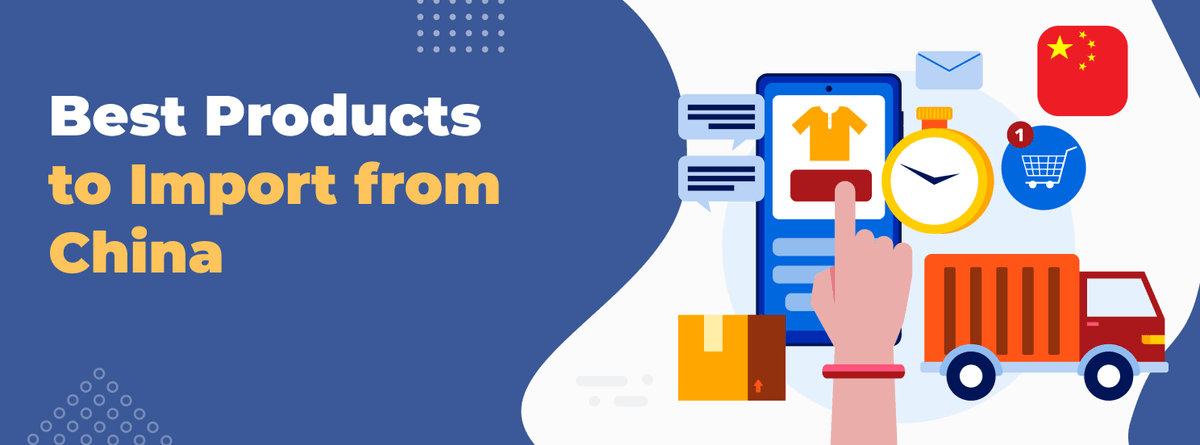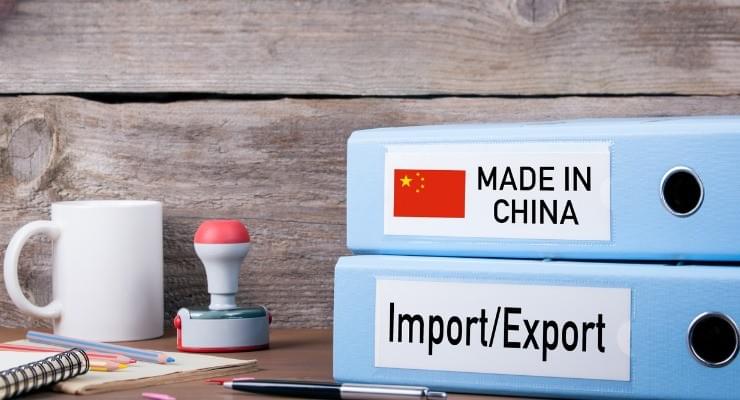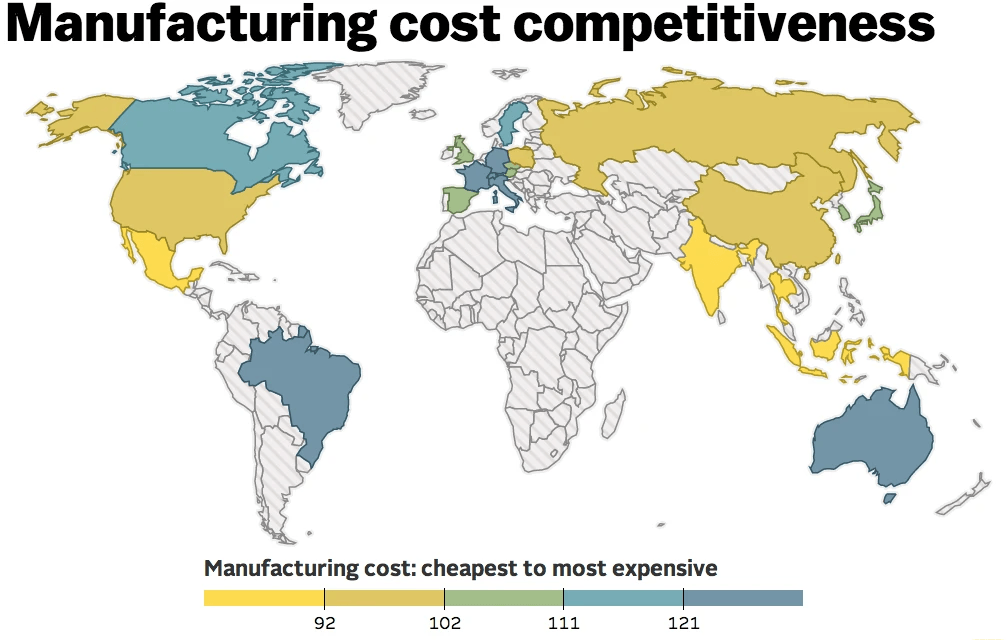Introduction: When "Saving Money" Becomes an Expensive Punchline
In the cutthroat world of international trade, the allure of rock-bottom prices from Chinese manufacturers can be as tempting as an all-you-can-eat buffet after a week-long diet. Those quotes with surprisingly low numbers make your profit margins dance with joy and your accountant briefly smile.
But beneath the surface of these seemingly attractive quotes lies a minefield of potential disasters that could cripple your business faster than you can say "but the sample looked perfect." Welcome to the dark comedy of cheap manufacturing, where the punchline is usually at your expense.

The Outsourcing Trap: How "Cheap" Becomes More Expensive Than Your Kid's College Education
What Really Happens Behind the Scenes (When You're Not Looking, Which Is Most of the Time)
When you're aggressively pursuing the lowest price like it's the last helicopter out of a disaster zone, you're unknowingly opening the door to a nightmare scenario that horror movies could be based on. Here's the harsh reality that your supplier's charming sales representative conveniently forgot to mention:
The Invisible Supply Chain (Now You See It, Now You Don't)
Trading companies often outsource to tiny, unregulated workshops that make your college dorm room look like a sophisticated manufacturing facility. Picture a game of manufacturing telephone, where your detailed specifications get more garbled with each handoff.
These micro-factories lack:
- Proper quality control systems (or any quality control beyond "looks good enough to me")
- Professional management (unless you count the owner's cousin who took a business class once)
- Understanding of international standards (besides a vague awareness that other countries exist)
- Any incentive to care about your brand's long-term success (tomorrow's problems are tomorrow's problems)
Red Flags in Manufacturing (That You'll Ignore Because the Price Is So Good)
Watch out for these warning signs that your "factory" might actually be someone's garage:
- Workshops with 5-10 people in makeshift locations (bonus points if you spot a living room couch on the "factory floor")
- No online presence or professional infrastructure (their email address is hotguy88@hotmail.com)
- Minimal experience but maximum desperation for orders ("We can make anything! Rocket ships? No problem! Ready next week!")
- A suspiciously fast "yes" to every single one of your requests (followed by a very slow "oops" later)

Two Catastrophic Scenarios You Must Avoid (But Probably Won't, Because We're All Optimists Here)
Scenario 1: The Trading Company Bait-and-Switch (AKA The Manufacturing Catfish)
What You See vs. What You Get (Spoiler: They're Not the Same Thing)
The Dating Profile:
- Impressive factory tour of a facility that somehow never appears on Google Maps
- Seemingly great initial samples that might have actually been purchased from your competitors
- Attractive pricing that makes you temporarily forget that nothing in life is free
The Actual Date:
- Order placed with the cheapest possible subcontractor, possibly someone who just bought their first sewing machine last Tuesday
- Quality plummets dramatically, like your heart when you open the shipping container
- Your brand reputation at risk of joining the ranks of "Companies That No Longer Exist Because of One Bad Order"
Scenario 2: The Capacity Crunch (When Your "Priority Supplier" Forgets You Exist)
When Good Suppliers Go Bad (It's Not Them, It's Their Overwhelming Order Book)
The Honeymoon Phase:
- Established factory with previous good performance that made you feel all warm and secure
- Consistent quality that lulled you into a false sense of security
- A relationship that seemed too good to be true (because it was)
The Reality Check:
- Suddenly overwhelmed with large orders from bigger clients with names you actually recognize
- Your production becomes an afterthought, somewhere between "fix the office coffee machine" and "maybe clean that weird stain in the break room"
- Your carefully cultivated relationship means nothing compared to orders 100 times your size
The Consequences (Other Than Your Impending Stress Ulcer):
- Outsourcing to unknown, low-quality suppliers who might be operating out of someone's basement
- Defect rates skyrocketing from 2% to 20%, turning your quality control into a game of "find one that works"
- Potential business-destroying quality issues that will live forever in your one-star Amazon reviews

Protecting Your Business: Proactive Strategies (Or: How to Sleep at Night Again)
Key Recommendations (That You'll Consider Implementing After You've Been Burned Once)
1. Always Use a Reputable Sourcing Agent (Your Manufacturing Guardian Angel)
- Professional oversight from people who have seen it all and developed the appropriate trust issues
- Comprehensive supplier vetting that goes beyond "they had a nice website and answered their phone"
- Quality assurance mechanisms that actually work in real-world conditions, not just on paper
2. Conduct Thorough Factory Audits (Trust No One)
- On-site inspections that aren't announced three weeks in advance
- Verify production capabilities by actually seeing products being made (not just finished products that could have come from anywhere)
- Check quality control processes that should involve more than one person saying "looks good to me"
3. Implement Strict Quality Control (Because Hope Is Not a Strategy)
- Third-party inspection services who have no reason to lie to you (unlike everyone else in this scenario)
- Random sampling that actually uses statistical methods, not just grabbing the top three items from a box
- Clear contractual quality standards written by lawyers who enjoy making factories nervous
The True Cost of Cutting Corners (Math That Will Make You Reconsider Your Life Choices)
Remember: A 15% defect rate isn't just a number. It's:
- Returned products that cost more to ship back than they cost to make
- Angry customers who will tell everyone they know (and many people they don't) about their terrible experience
- Damaged brand reputation that all your marketing dollars can't fix
- Potential total loss of investment, or as it's known in the business world, "a really expensive lesson"

Conclusion: Your Sourcing Strategy Matters (Who Knew?)
Cheap manufacturing isn't a bargain—it's a risk with odds worse than a casino. Invest in proper sourcing, and protect your business from the hidden dangers of uncontrolled outsourcing. Think of it as an insurance policy that actually pays off.
The cheapest option often comes with costs that don't appear on the invoice but will absolutely appear on your profit and loss statement (in red, with lots of zeros).
Ready to Safeguard Your Supply Chain? (Or Just Continue Living Dangerously?)
Don't navigate these complex waters alone. Professional sourcing support can mean the difference between success and catastrophic failure, between profitable quarters and explaining to investors why all your inventory needs to be set on fire.
Contact ChinafulLink Team for expert guidance in navigating the complex world of international manufacturing. Because sometimes, the most expensive thing you can buy is something cheap